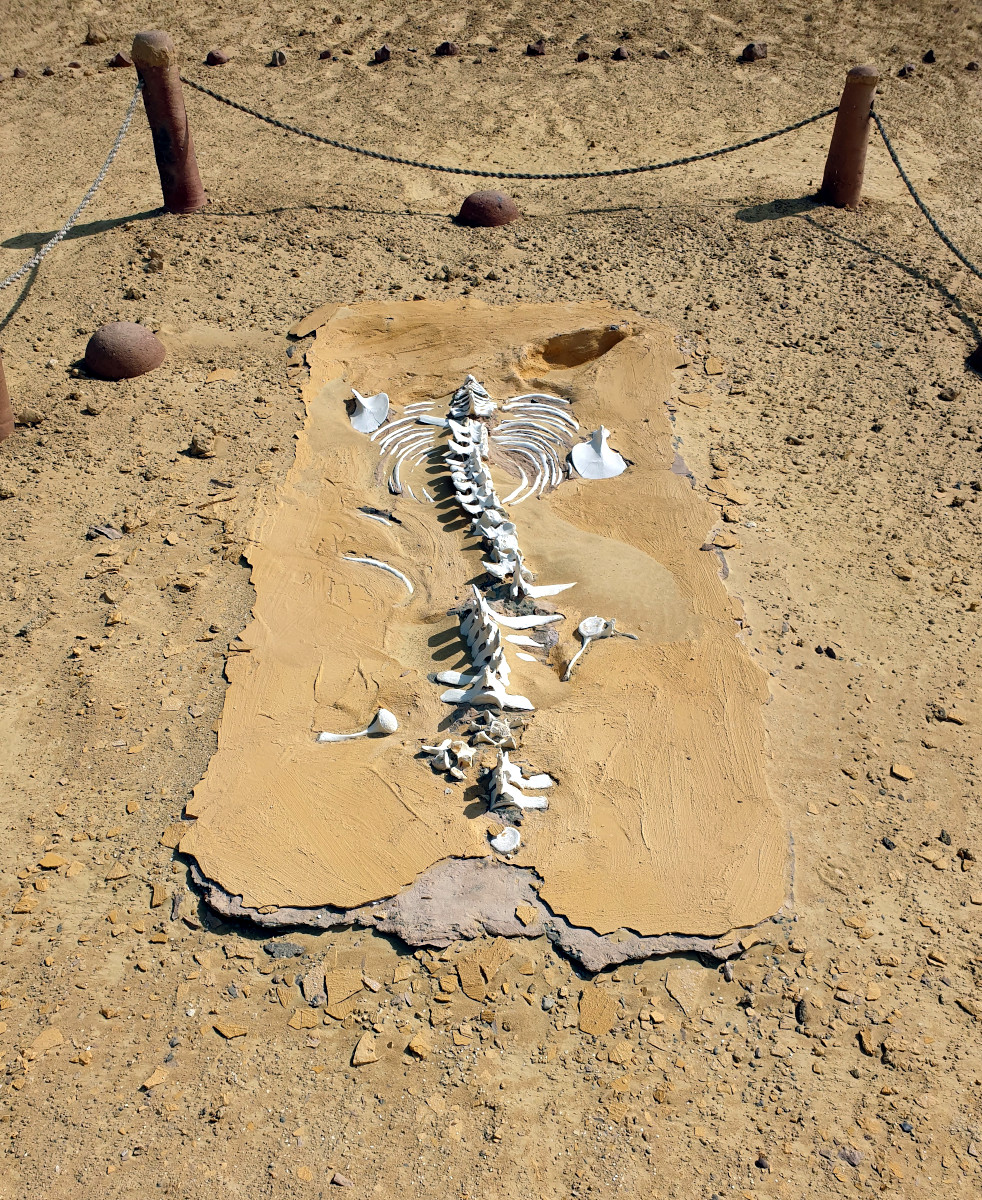Discover the Fayoum region with Anne Radigue. For this out of the way destination, Anne tells us about the cultural and natural wonders that she discovered in this region during her tourist trip in October 2019.
Fayoum: an unusual destination in Egypt
Getting off the beaten track in Egypt is not easy as the French Ministry of Foreign Affairs restricts safe areas to the main tourist regions: the edge of the Nile, from Aswan to Luxor, Abu Simbel further south, Cairo and certain parts of the Red Sea coastline. Yet other places are worth seeing.
The Fayoum region is a perfect example: although ignored by tourists, it combines changeless nature, paleontological sites and archaeological remains. And it remains accessible with the MAE indicating that it is possible to go there, provided you avoid the city of Medinet-el-Fayoum.
A very diverse geological and paleontological heritage
Le Fayoum is a depression located 130 km south-west of Cairo. The area is particularly well known for Lake Qârûn (Lake Moéris), a huge reservoir that provides water to local populations.
The desert makes up the main part of a landscape which conceals several points of interest: the Valley of the Watermelons, so named because of the stones rounded over the years by the winds and the sand which covers its ground; a sparkling lake whose shores are full of small coin-shaped stones; dunes, of varying heights, offering breathtaking views. Lake Qârûn itself is worth a visit: on a boat trip you can see the fishermen using plastic bottles in their nets as you are bathed in the glow of a beautiful, pink sunset.
Fayoum was also the scene of important maritime activity some 40 million years ago. What is now desert, was then the Tethys Ocean. The biodiversity of that time included, among other things, paleontological whales and an abundant mangrove: still today, the desert bears witness to this. The sites of Wadi Al-Hitan and the petrified forest are the most striking indications.

 Wadi Al-Hitan, also known as the Whale Valley, is located at the end of a long road of white sand. The site has a small museum, housed in round brick buildings, which tells the story of the place and the research carried out by a team from the University of Michigan in the 1980s and 1990s. Bones of different cetacean species have been found and studied and a marked route in the valley now allows you to admire their remains, and also the trunks of fossilized trees. Some skeletons will impress you with their spine very well preserved.
Wadi Al-Hitan, also known as the Whale Valley, is located at the end of a long road of white sand. The site has a small museum, housed in round brick buildings, which tells the story of the place and the research carried out by a team from the University of Michigan in the 1980s and 1990s. Bones of different cetacean species have been found and studied and a marked route in the valley now allows you to admire their remains, and also the trunks of fossilized trees. Some skeletons will impress you with their spine very well preserved.
The petrified forest consists of tree trunks and pieces of wood strewn on the ground. Fossilized in stone, they nevertheless retain the appearance of wood and so offer an evocative vision of the Black Desert. The forest dates back 35 million years, to when the region was still a wetland. To access it, a 4-wheel drive is essential to climb the dunes. The forest is really quite high up and isolated.
Little known archaeological riches
 Archeology is another major attraction of Fayoum. The remains may not be as grand as those of the Valley of the Kings or Karnak, but you will have them to yourself. They reveal the fascination of this region for the god Sobek during the Ptolemaic period (332 to 30 BC).
Archeology is another major attraction of Fayoum. The remains may not be as grand as those of the Valley of the Kings or Karnak, but you will have them to yourself. They reveal the fascination of this region for the god Sobek during the Ptolemaic period (332 to 30 BC).
Several sites are of real interest, including Qasr Qârûn, the temple of Rénénoutet at Medinet Mâdi and the Meidoum Pyramid.
Qasr Qarun, located in the ancient Greco-Roman city of Dionysias, is a small temple dedicated to Sobek. In the half-light of the interior, narrow stairs lead to the roof, from which one can admire the surroundings. The tour is short-lived, but the place will be yours for a moment.
To visit Medinet Mâdi, you have to go to the Wadi El Rayan nature reserve and take a long sandy road. Half buried in the sand, the ruins of the temple are guarded by armed men. Dedicated to Sobek as well as to the cobra goddess Rénénoutet, the temple was built by Amenemhat III and Amenemhat IV (Middle Kingdom). You can stroll through the site between columns and ruined walls.
Finally, the Pyramid of Meidoum is the first attempt at building a pyramid. Commissioned by Pharaoh Huni (2637-2613 BC, Old Kingdom), it was finally built by his son, Snefrou who would later build other graves, such as the rhomboid pyramid constructed in the shape of a diamond (Dahchour-South), and the red pyramid (Dahchour-North). The first attempt was less than perfect, and the weight of the pyramid caused significant damage. Other pyramids can be visited in the region, such as those of Hawara and El-Lahoun.
An excursion that requires advance planning
 It is best to use the services of a travel agency: a guide will take care of the means of transport and the passes for the military checkpoints.
It is best to use the services of a travel agency: a guide will take care of the means of transport and the passes for the military checkpoints.
The authorities are concerned to maintain a good image of the country for tourists. For this reason, the police insisted on escorting us, which had an impact on our program: we had to change from the accommodation initially planned, to go to a more secure residence – it was that or leave the region. So we stayed in Tunis, a small potters’ village. We were also unable to visit the Meidoum pyramid, which was closed for security reasons.
But the region is well worth a visit. For the more adventurous tourists, who wish to discover another facet of Egypt, the Fayoum can be an adventurous excursion within a generally more traditional trip.



